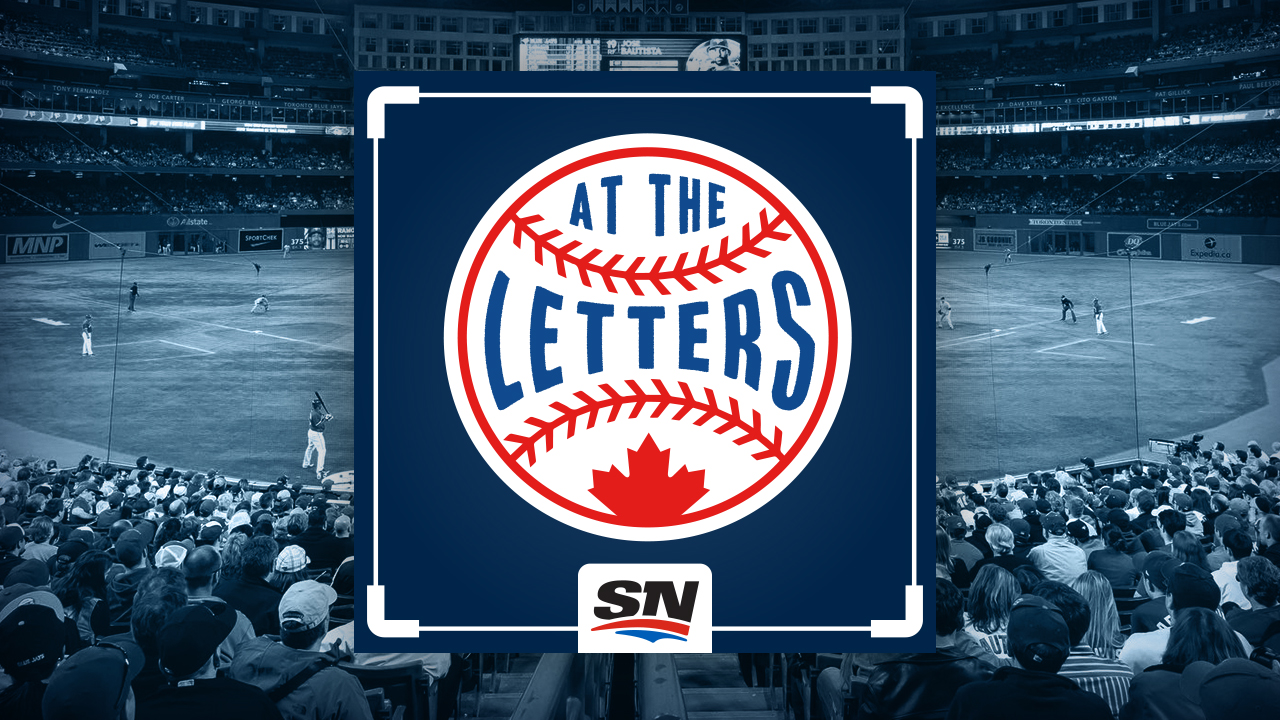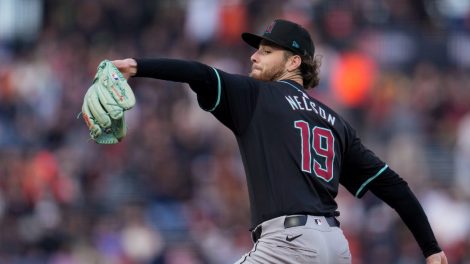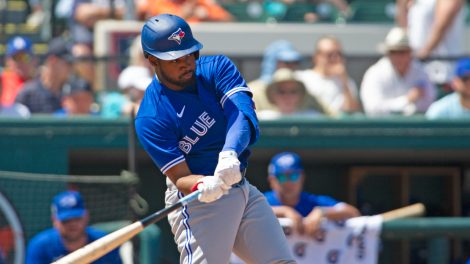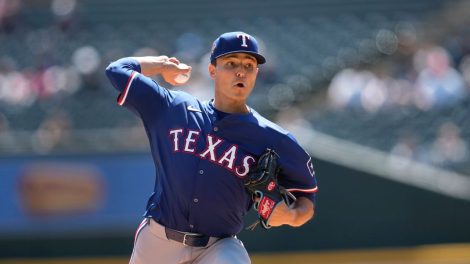Unless you were around when Orval Overall retired Boss Schmidt to seal a 2-0 win Oct. 14, 1908 that clinched a second straight World Series title for the Chicago Cubs over the Detroit Tigers, this year is going to be a little different.
Rather than entering a season carrying their usual baggage from past failures, the North Siders instead carry the tag of defending champions into 2017, the last of baseball’s great curses left to lore.
Fittingly, perhaps, the Cleveland team that watched the Cubs put the Billy Goat Curse to rest now owns baseball’s longest championship drought, one that sits at 68 seasons heading into the new campaign. The defending American League champions are certainly intent on ending their lengthy dry spell, bolstering a strong core with the splashy free-agent signings of Edwin Encarnacion and Boone Logan.
Will they be enough to push Cleveland over the top for the first time since 1948, when Gene Bearden got Tommy Holmes on fly ball to left field to seal a 4-3 win over the Boston Braves?
Whether they do or not will be one of the top storylines to follow in 2017. Here’s a look at some others:
Big Swings, Big Misses, Big Hits
Strikeouts hit a five-year high at 38,982, or 23.5 per cent of 165,561 at-bats, last year while home runs spiked to 5,610, a whopping 701 more than in 2015. Both are important trends to watch as clubs continue to stock their bullpens with power arms aiming for swing-and-miss and hitters try to respond, sending more balls out of the yard while overall offence remains tough to come by. It’s worrisome enough to prompt commissioner Rob Manfred to suggest baseball needs to move the bottom of the strike zone up in order to create more action.
Automatic Intentional Walks and Pace of Games
Pitchers will no longer have to throw four balls to issue an intentional walk, with first base awarded after a dugout signal. The move is part of MLB’s desire to improve the pace of play on the field and while critics rightly point out the minimal time savings, the counter-argument is that making the change is more important as a symbol of coming efforts. Baseball draws a distinction between pace of play and pace of games, which were noticeably slower last season. Manfred wants to cut dead time on the field, and the intentional walk largely qualifies.
[relatedlinks]
Testy Times Between Owners and Players?
Negotiations on the new collective bargaining agreement reached between owners and players during the off-season proved to be more contentious than expected, and the potential for spillover bears watching. Already that’s manifested itself in player resistance to the strike-zone adjustment MLB wants, leading Manfred to hint at a unilateral implementation for 2018. Alterations to the way the game is played makes for an obvious flash point, with bigger-picture considerations between the sides possibly playing out there. At least the current pact runs through 2021, ensuring 26 years of uninterrupted play.
Wilder Trade Deadline?
Changes to the structure of compensatory draft picks for free agents under that CBA is expected to alter the way clubs approach pending free agents and may lead to an especially wild trade deadline. Under the old system, free agents tendered a qualifying offer by their former teams became subject to draft pick compensation, with signing teams outside the bottom 10 clubs forced to surrender a first-rounder. That hindered the market for many a player, as teams were often reluctant to give up such an important pick. Under the new system, the highest draft pick to be forfeited is a second-round selection, and that’s only under specific circumstances, so clubs looking for a return on their pending free agents should be more likely to deal them come July.
Returning from WBC
One of the prime complaints you hear from front office executives and coaching staffs about the World Baseball Classic is how the tournament leads to disjointed spring training camps. Players on the United States and Puerto Rico teams that played in the final, for example, were gone from their clubs for three weeks, which isn’t ideal for team-building. Then there’s the additional burden of playing meaningful games so early in the spring when their bodies typically aren’t prepared for the toll, and the potential for a negative spillover to the season. On the flip side, participants may find themselves more ready to roll once the bell rings.









